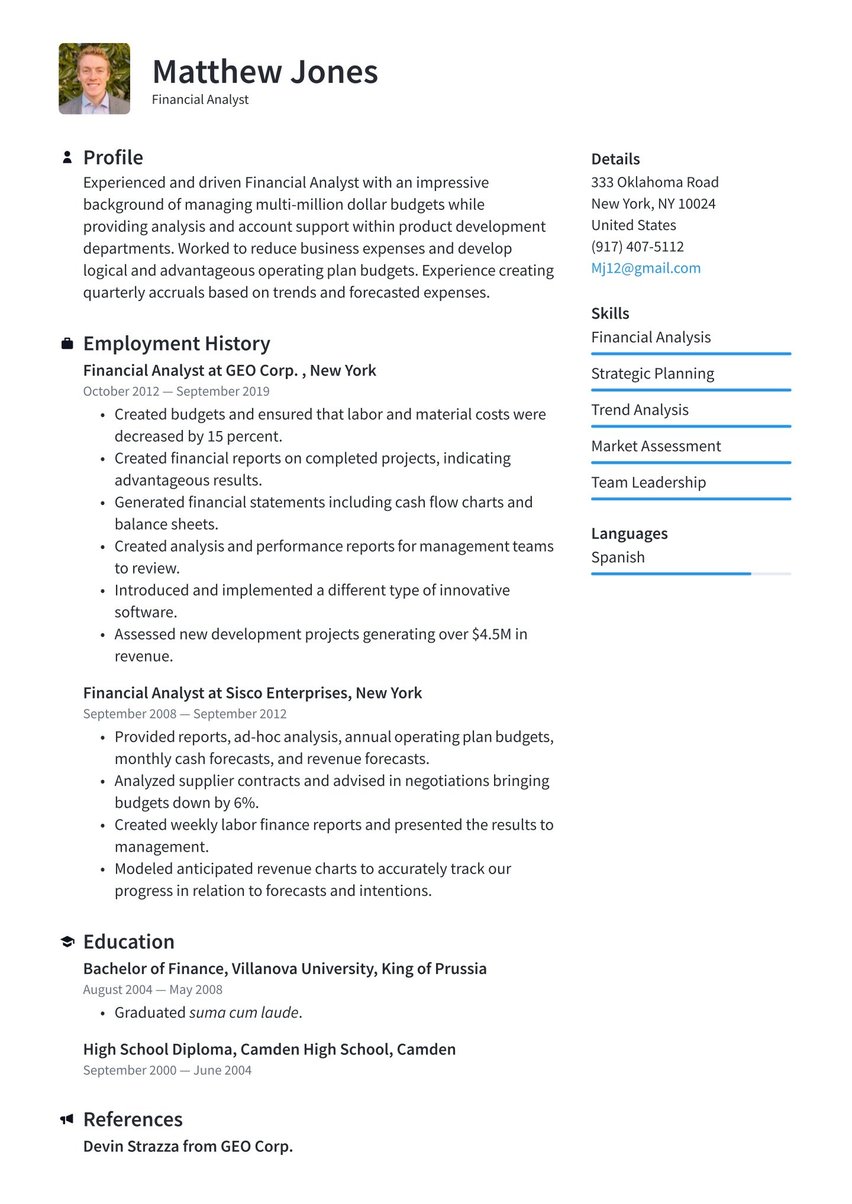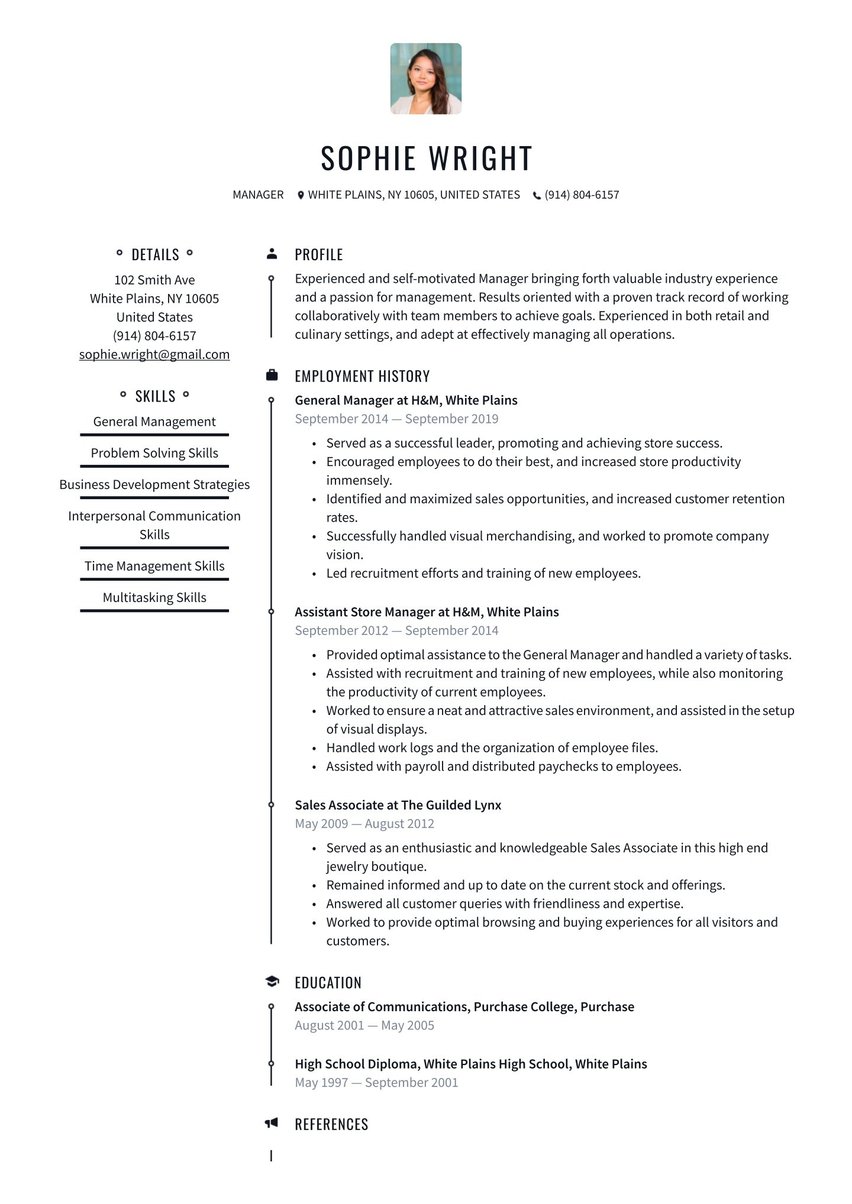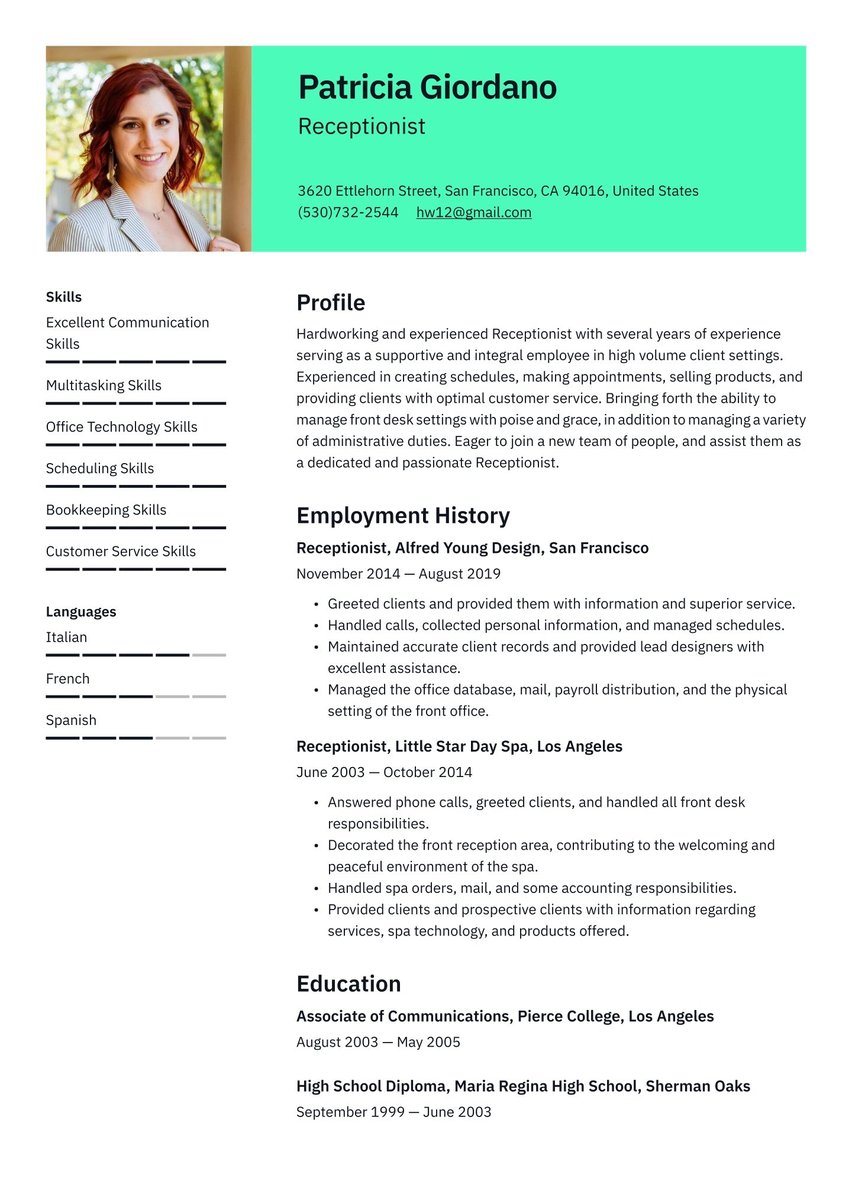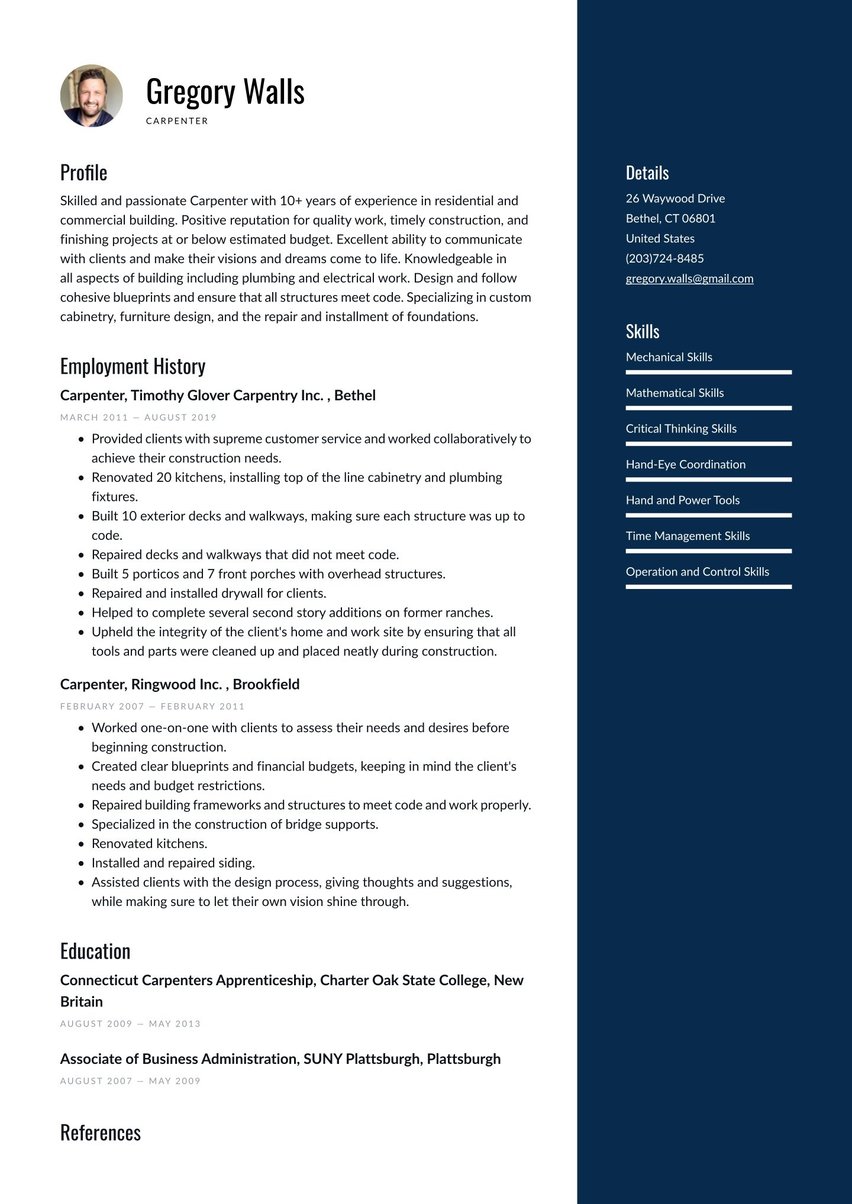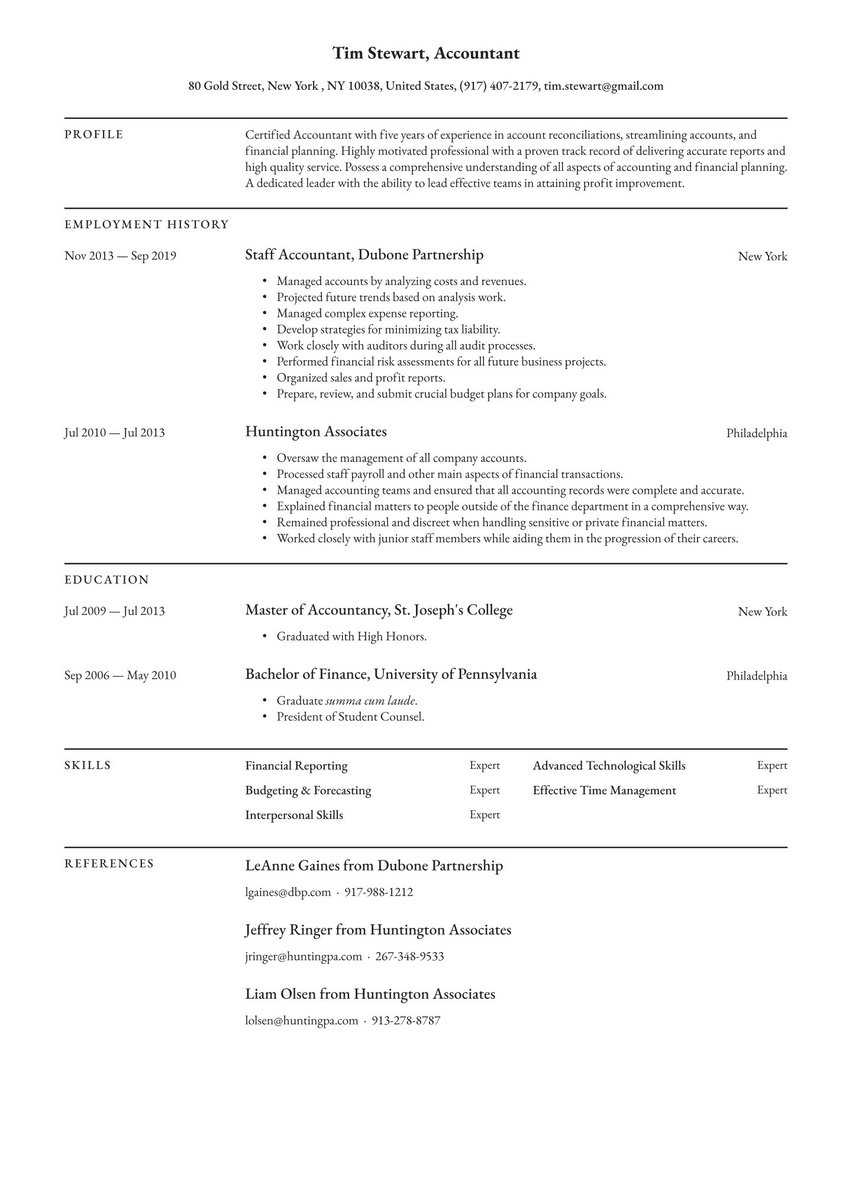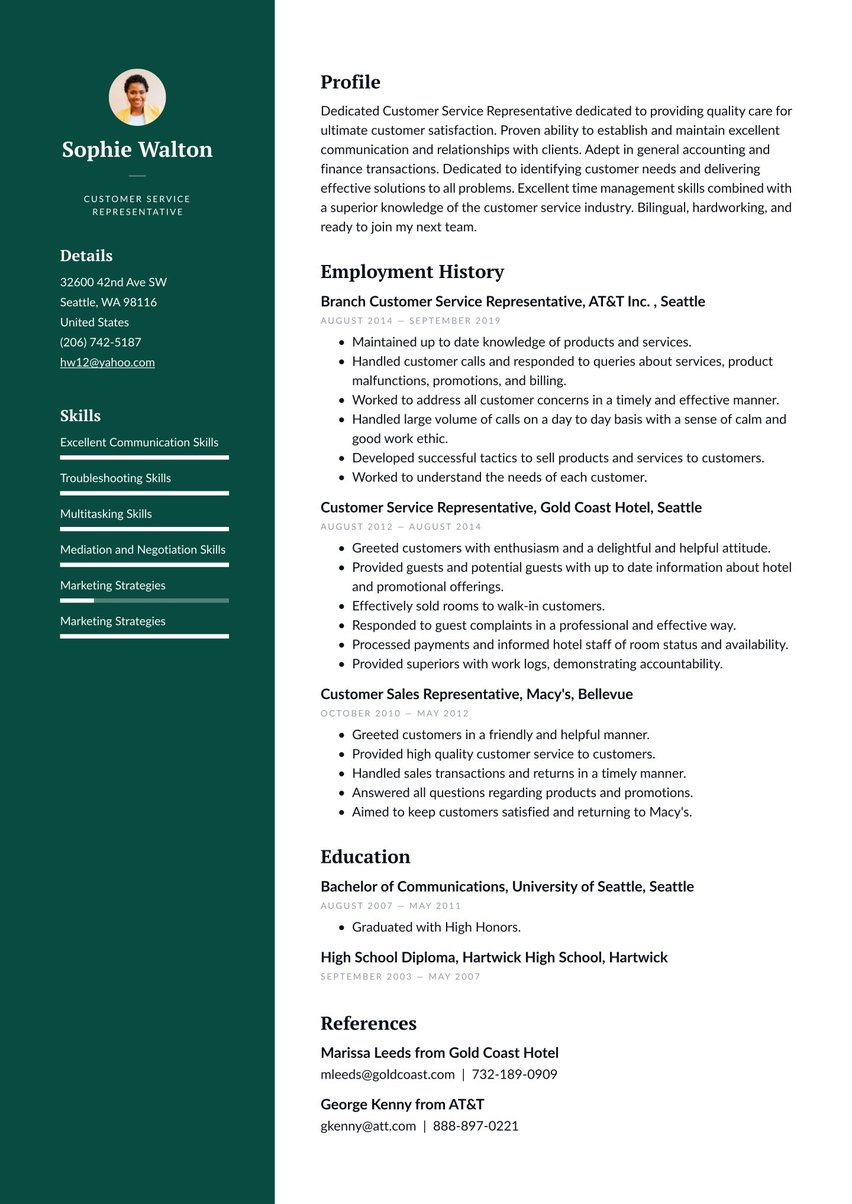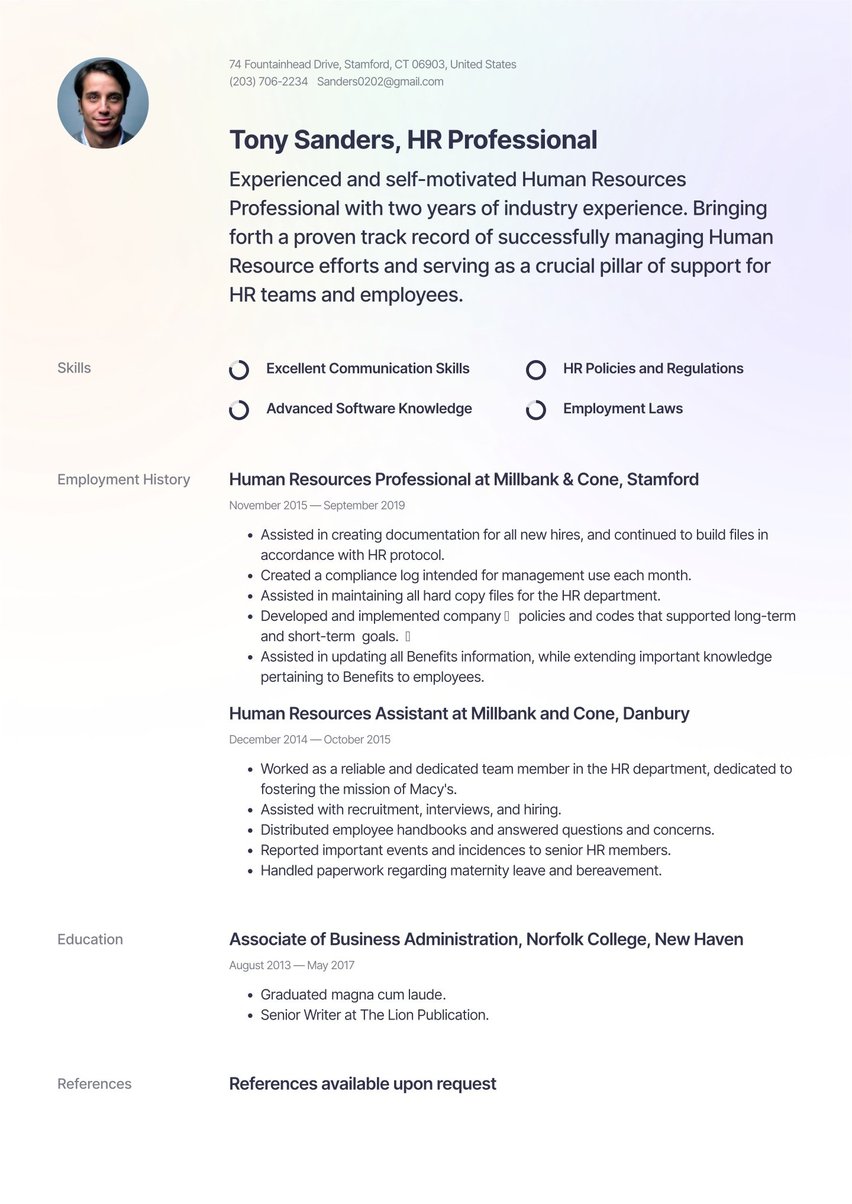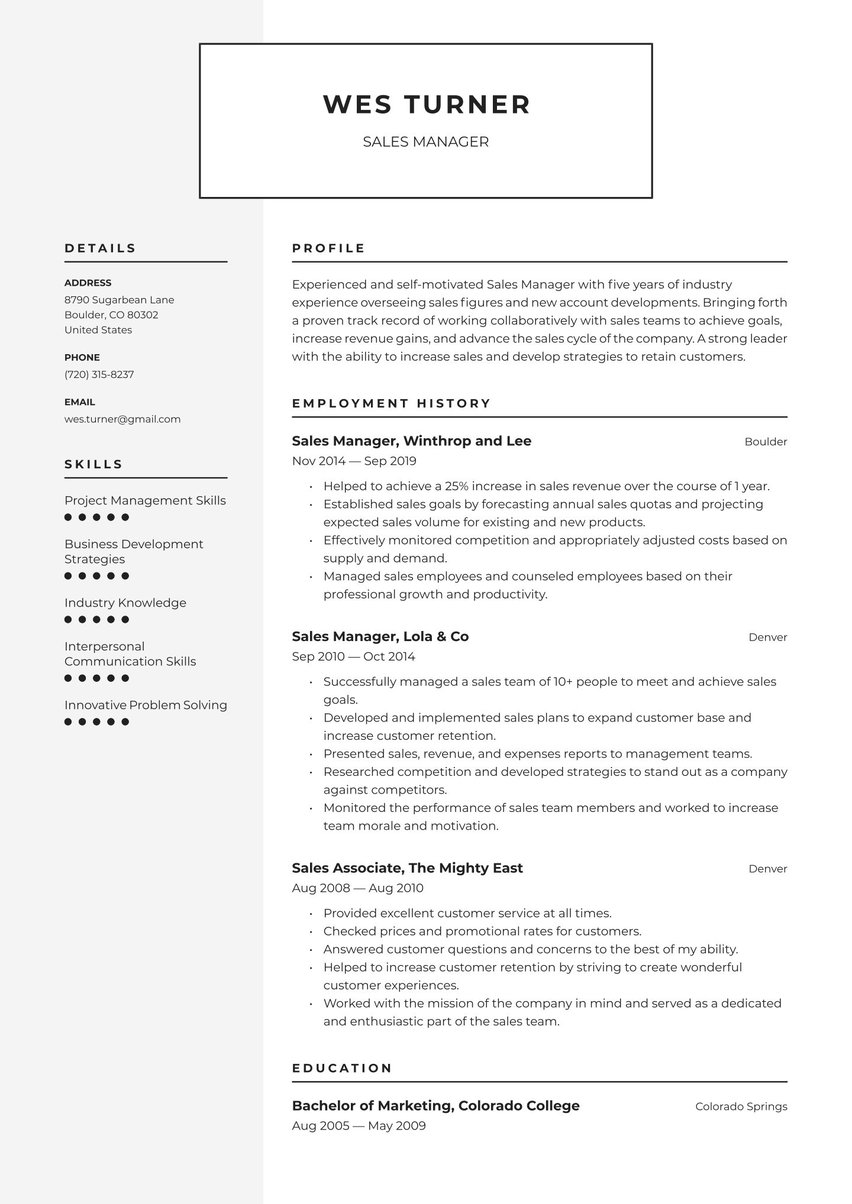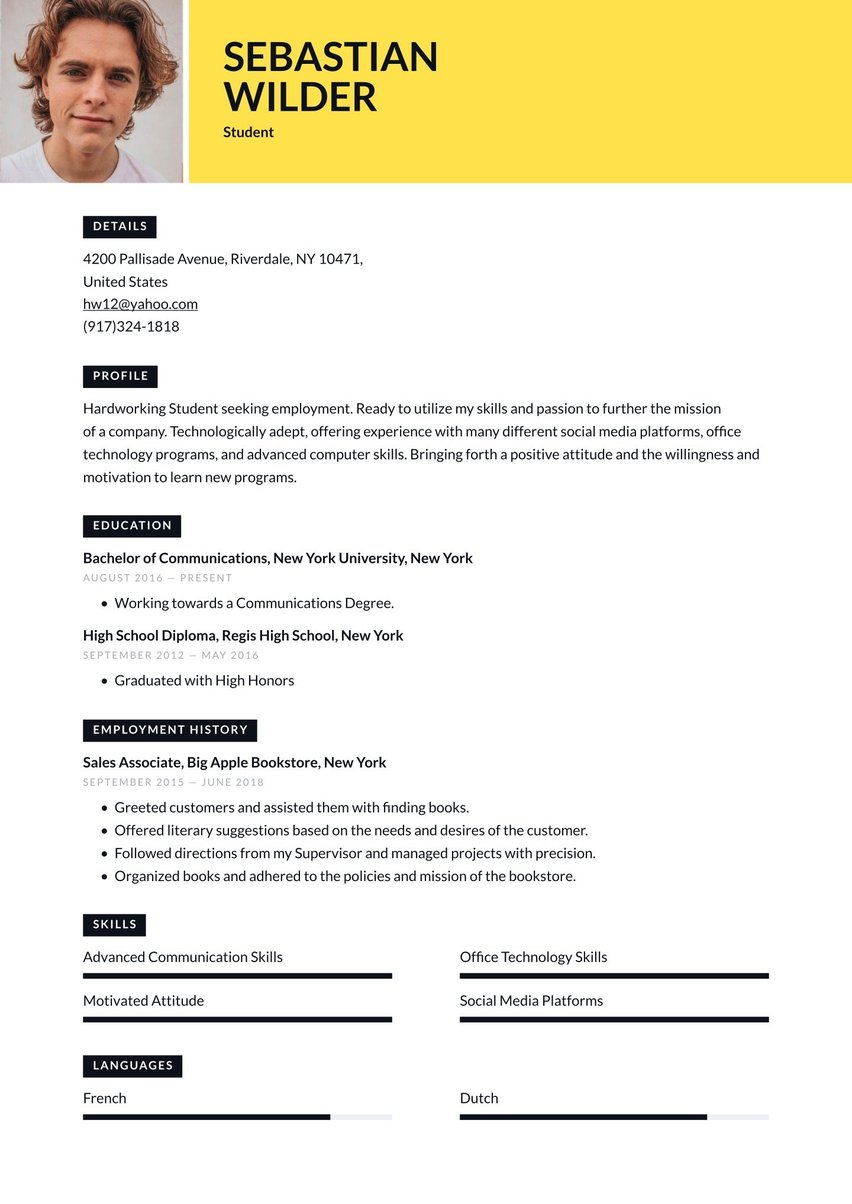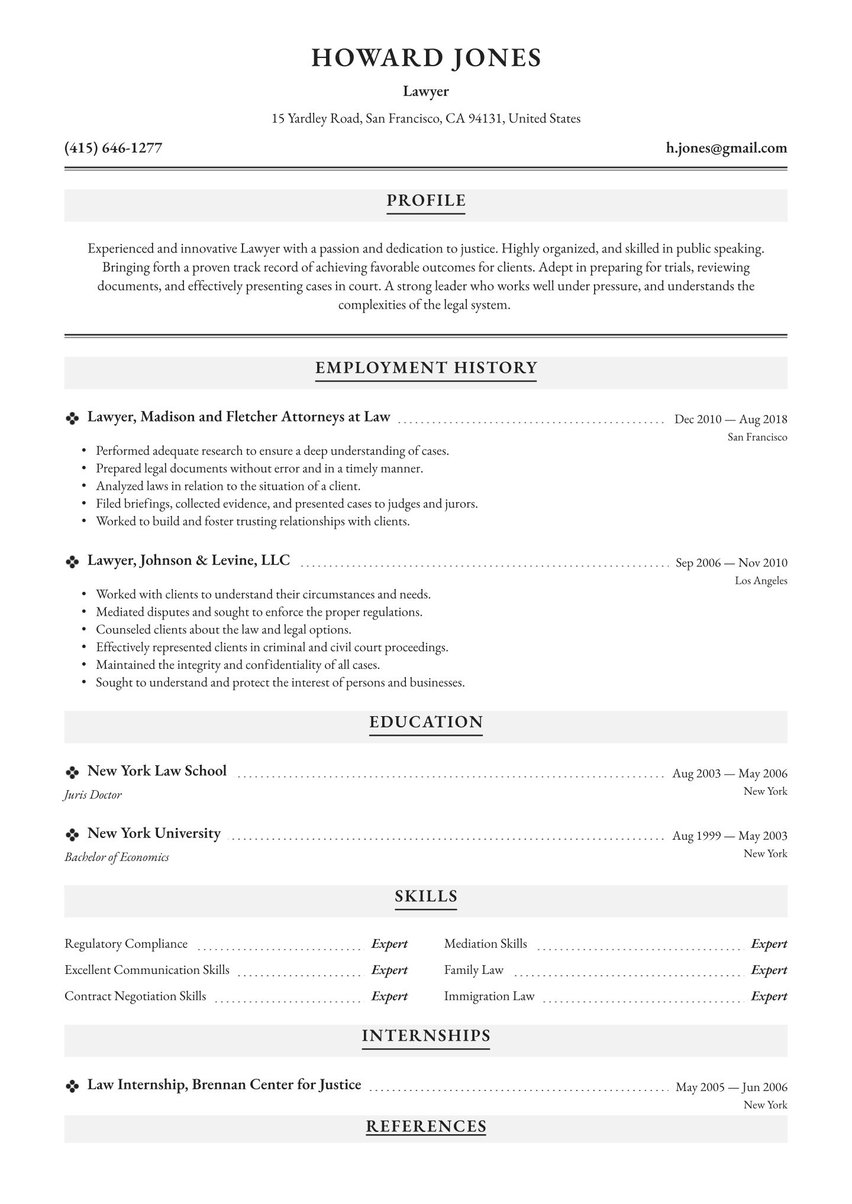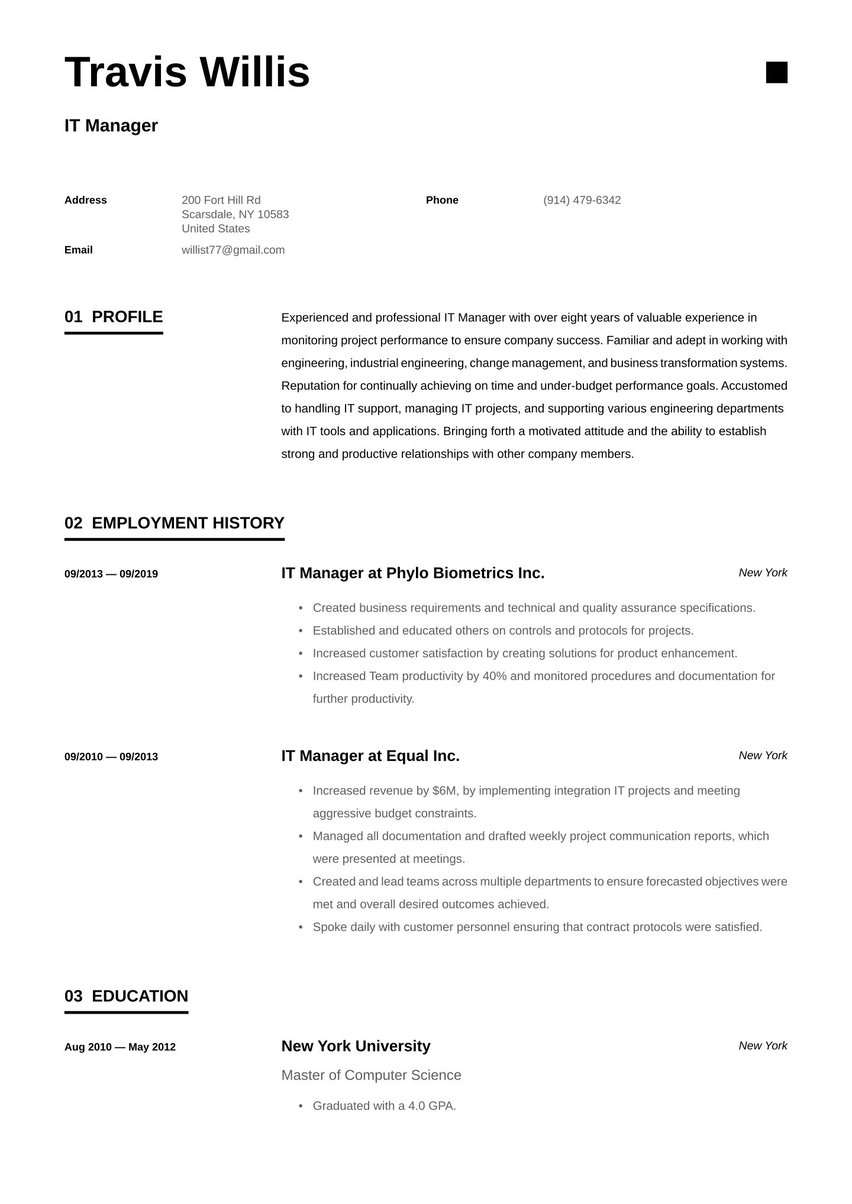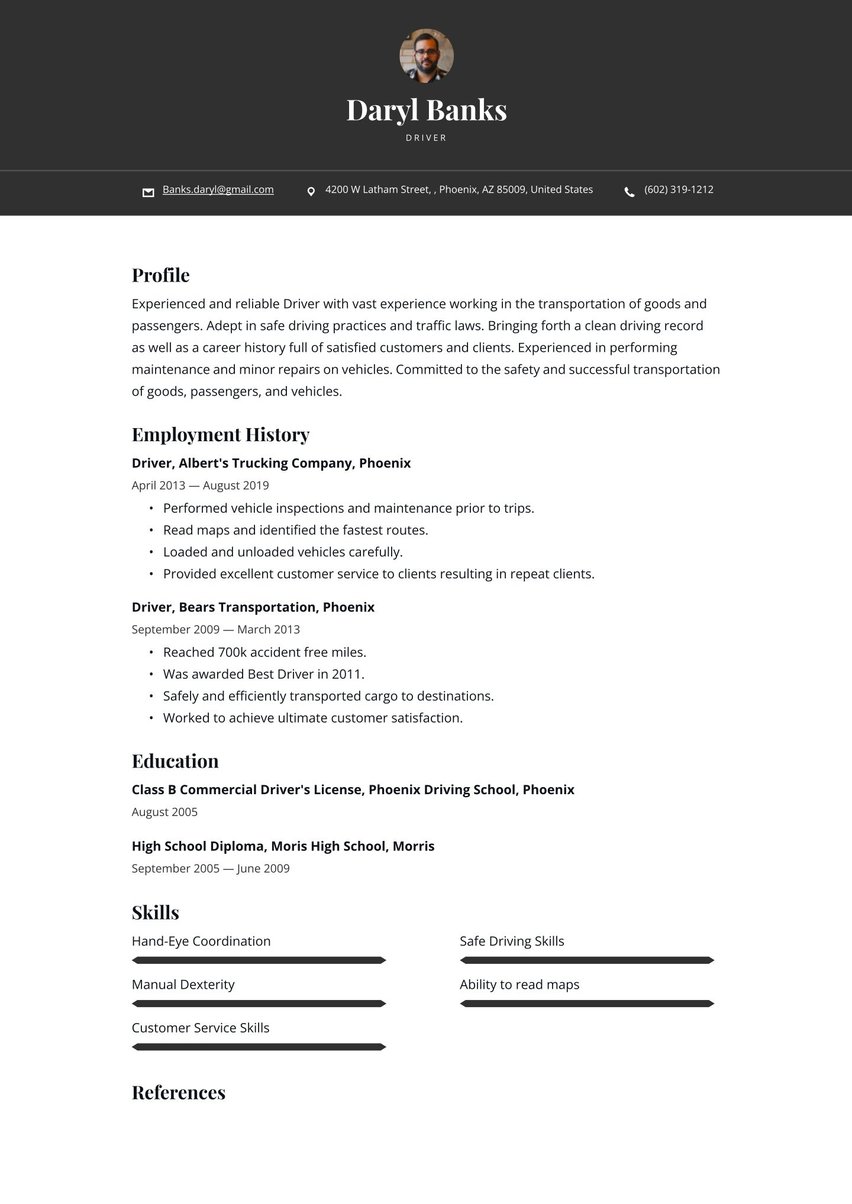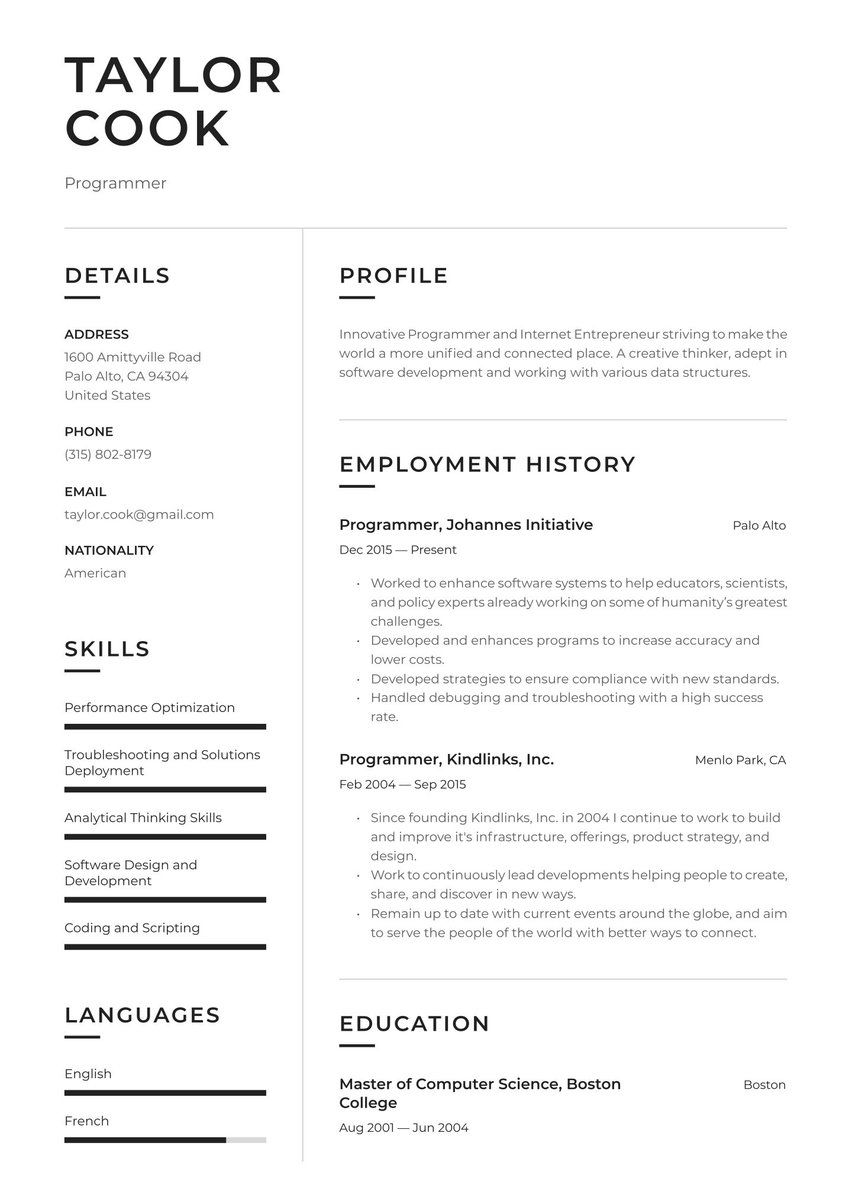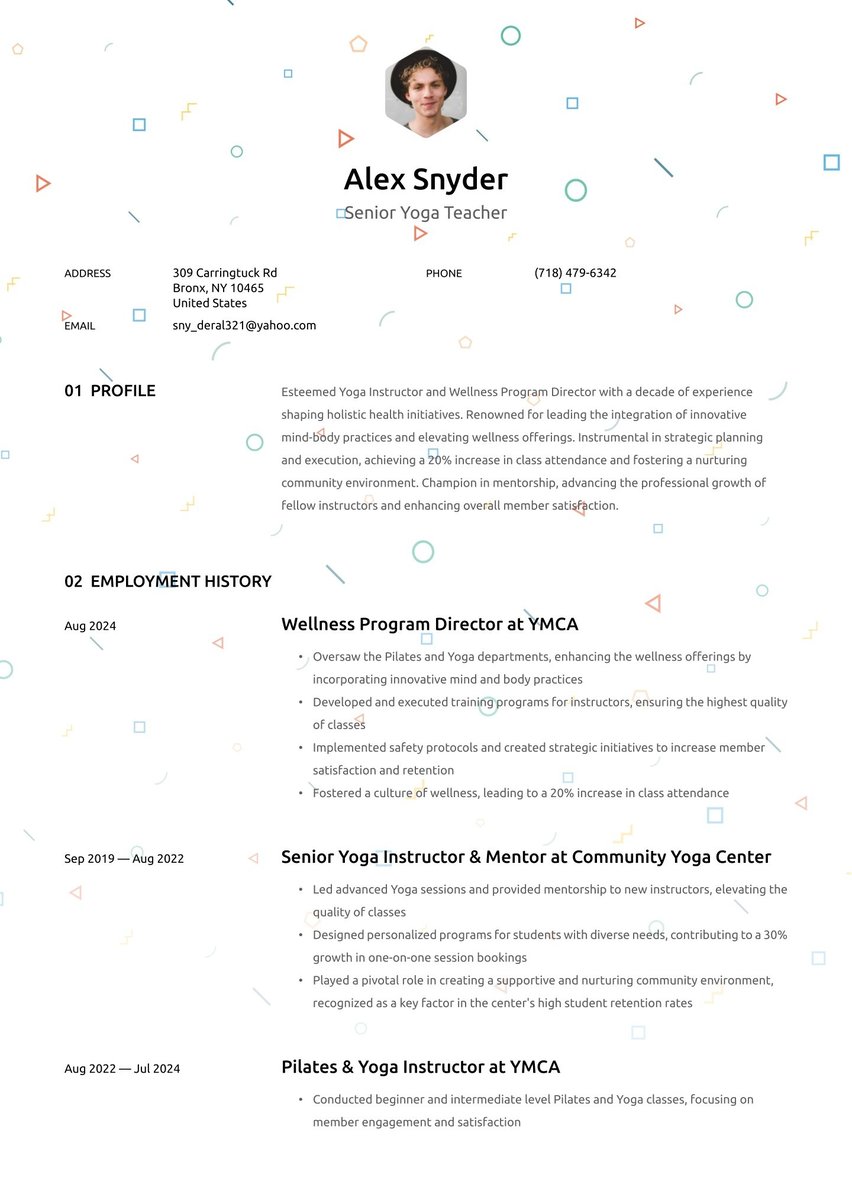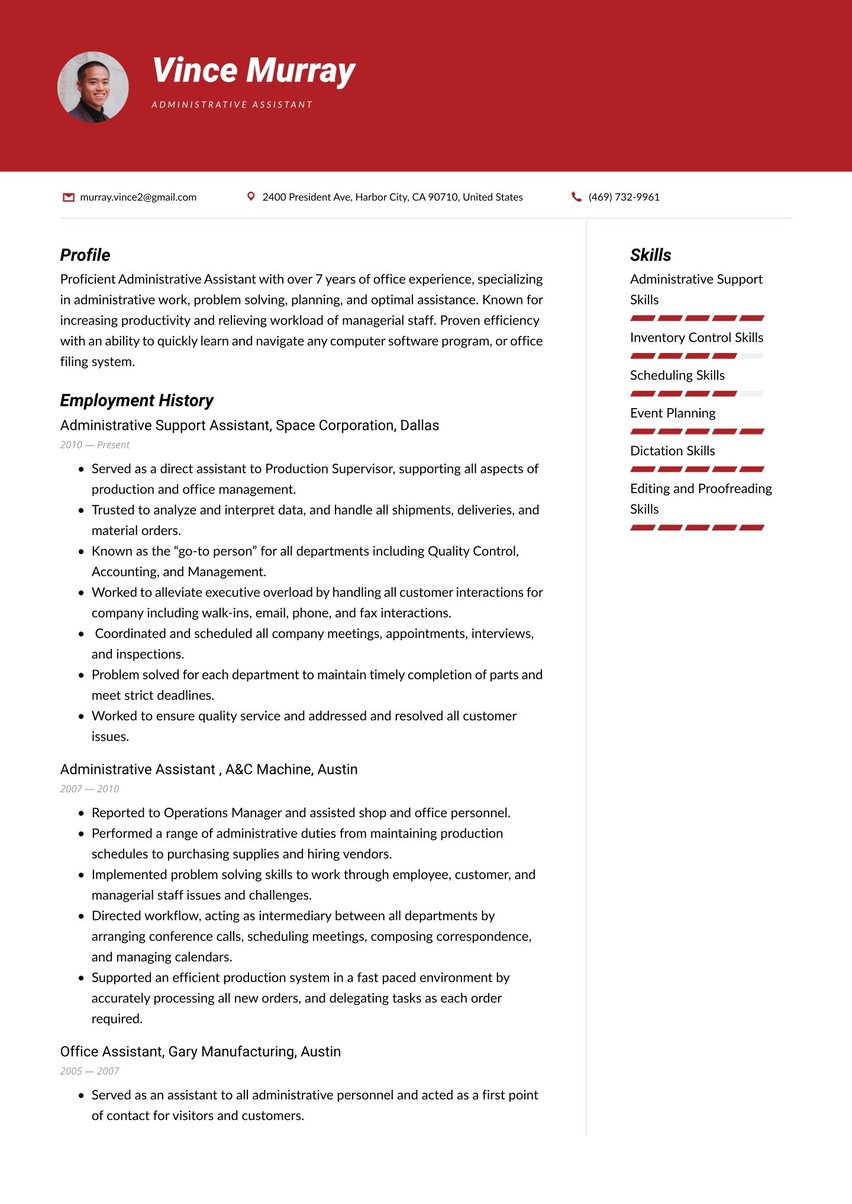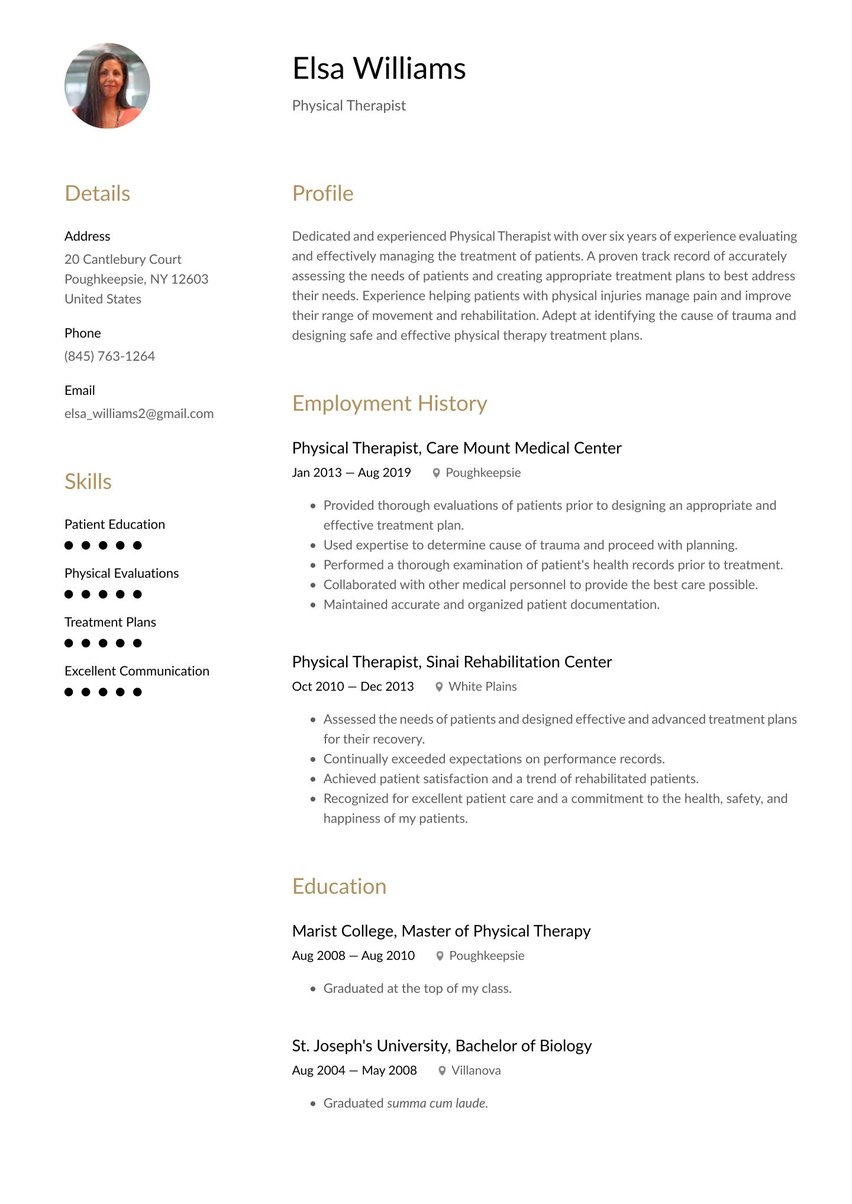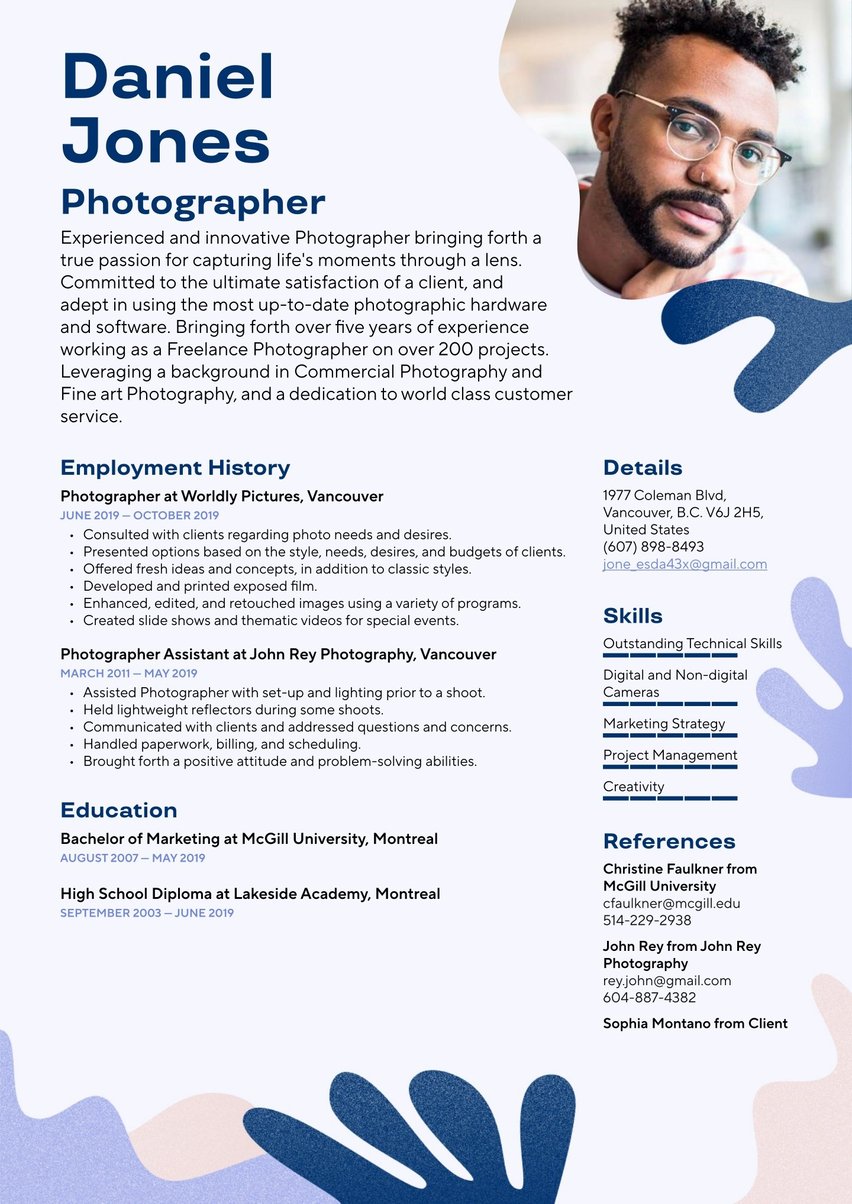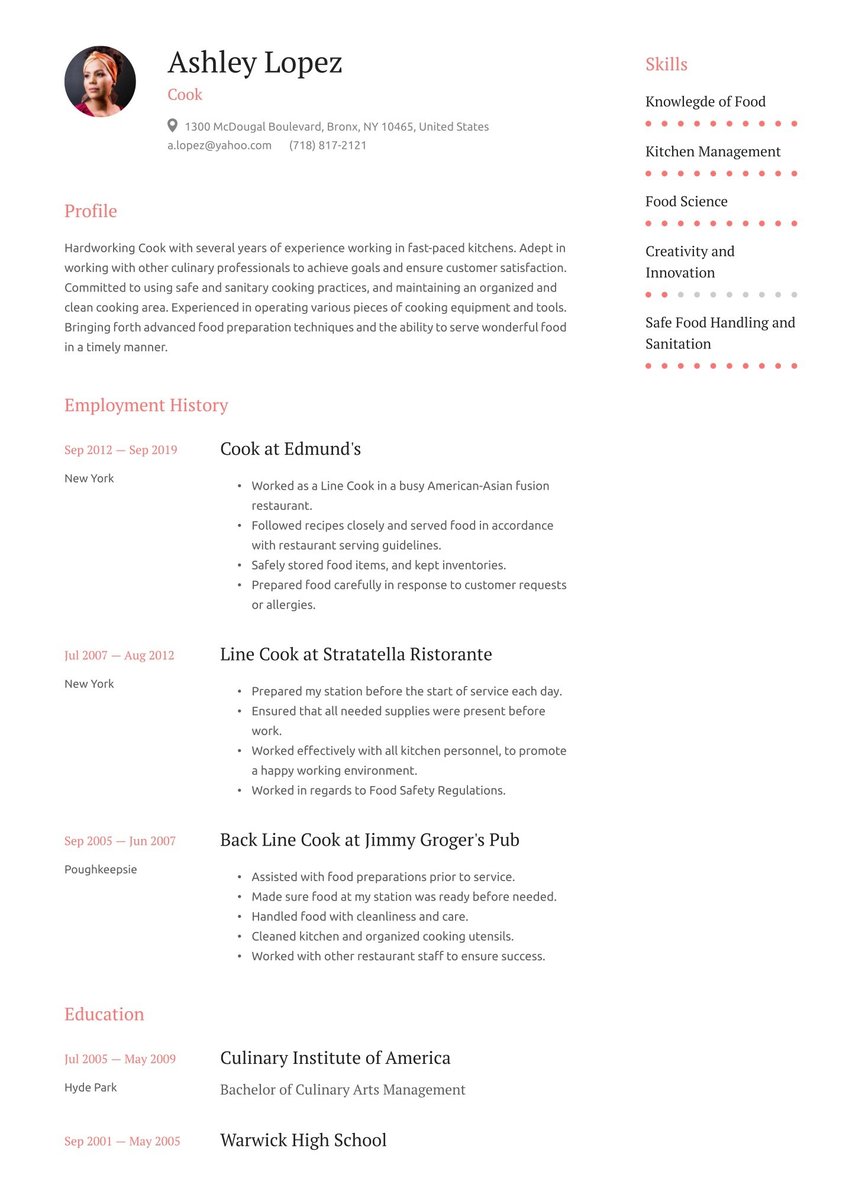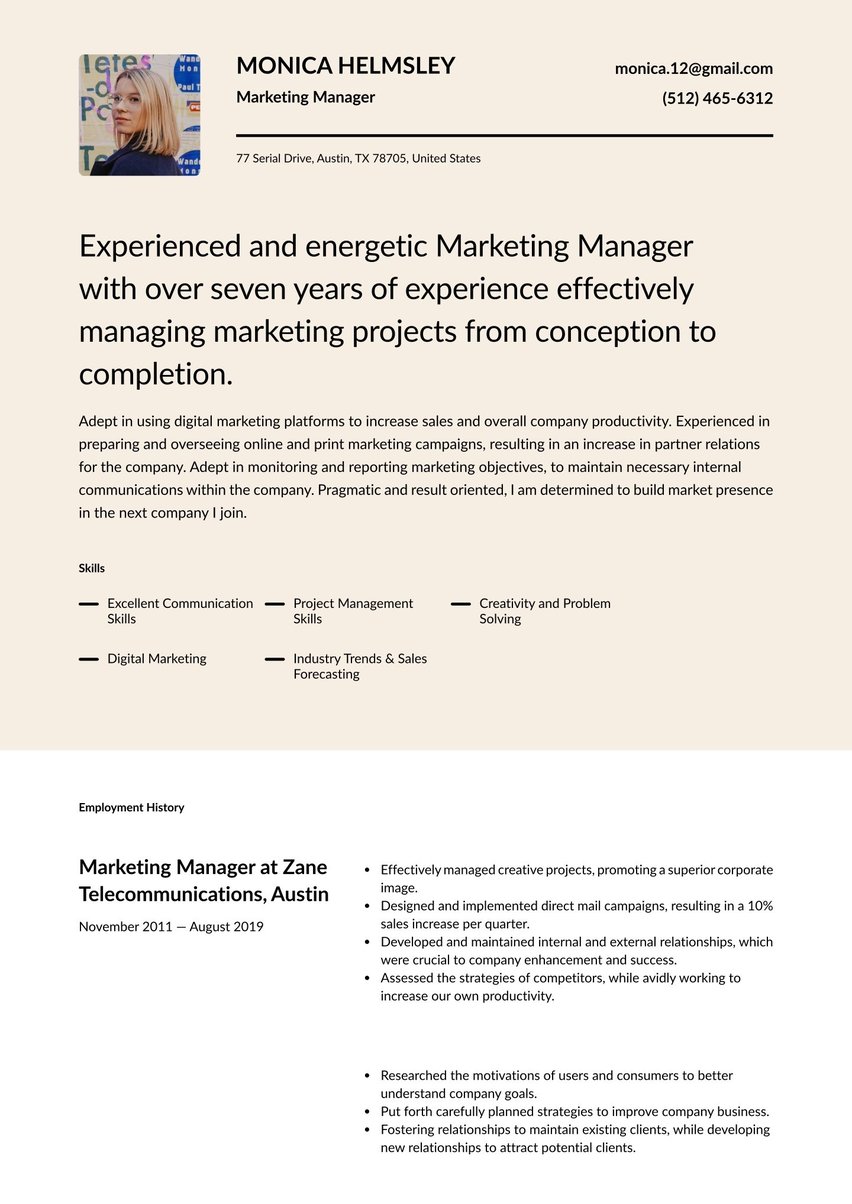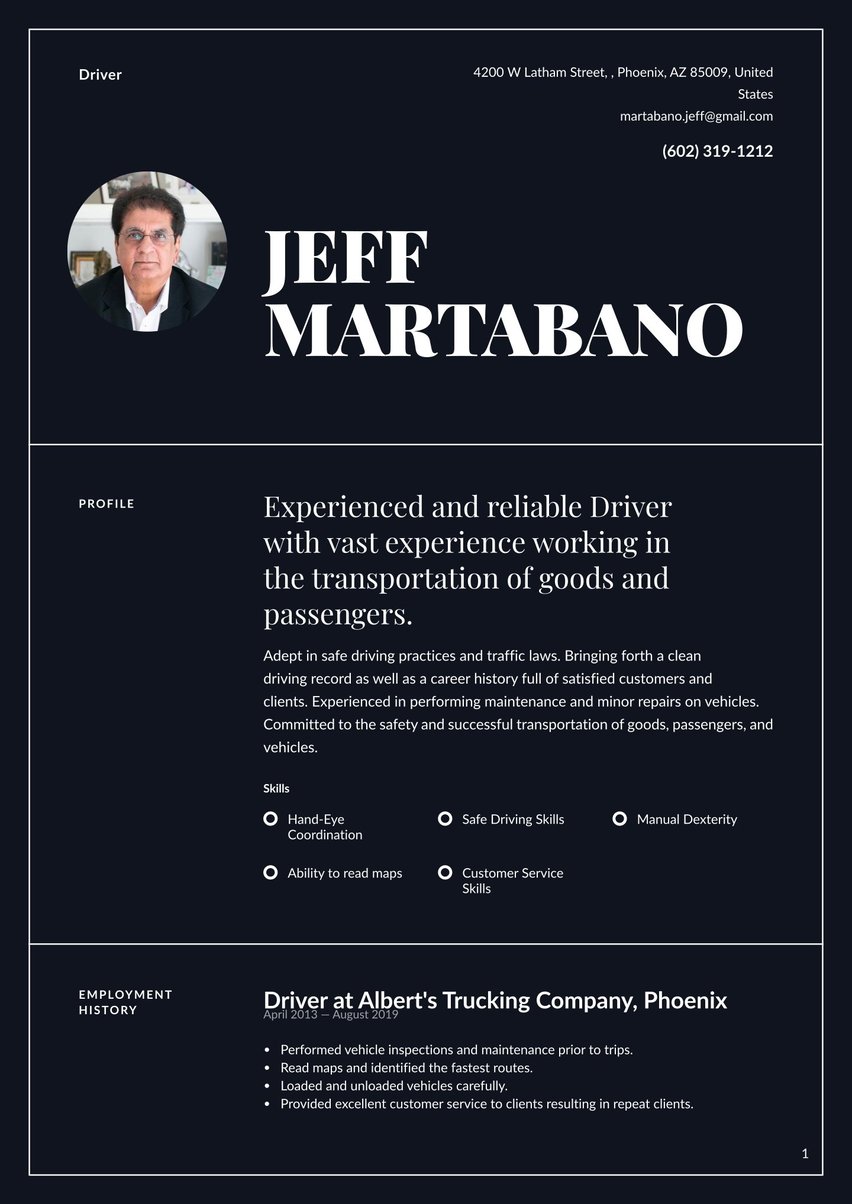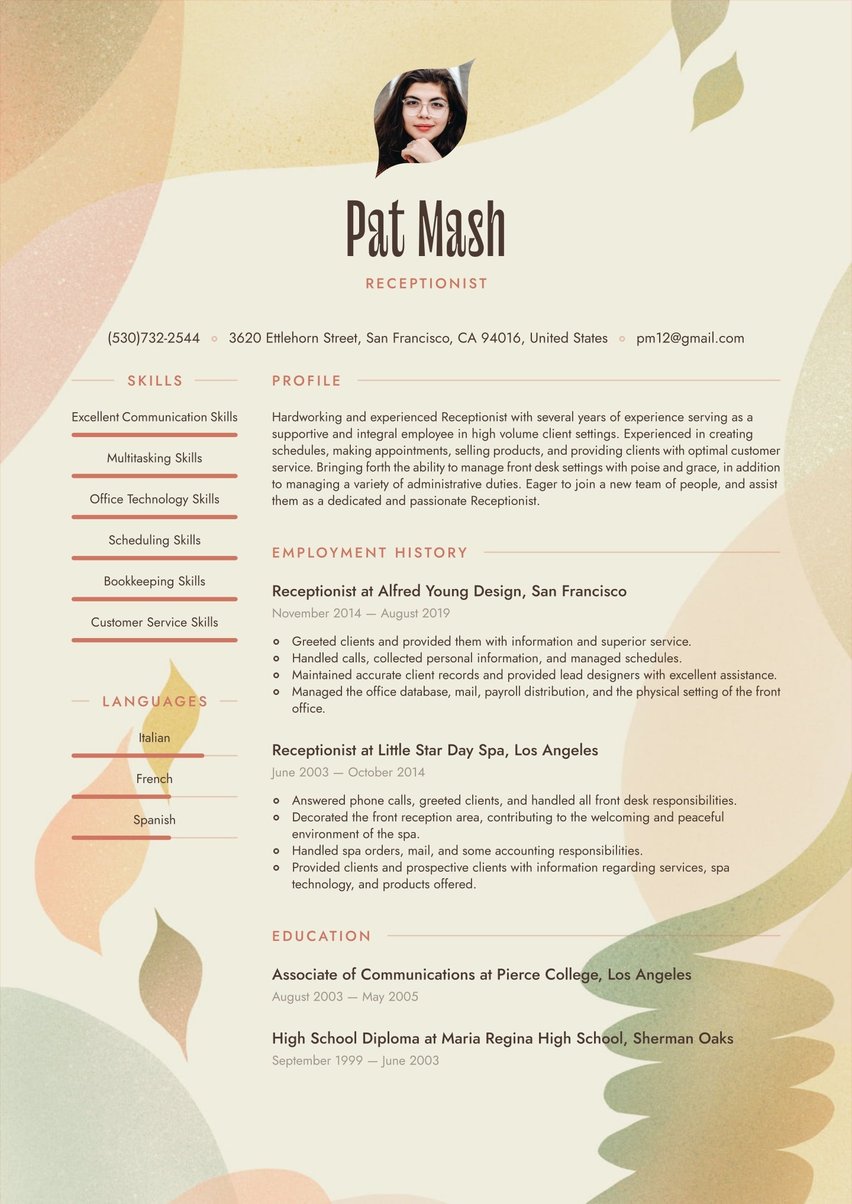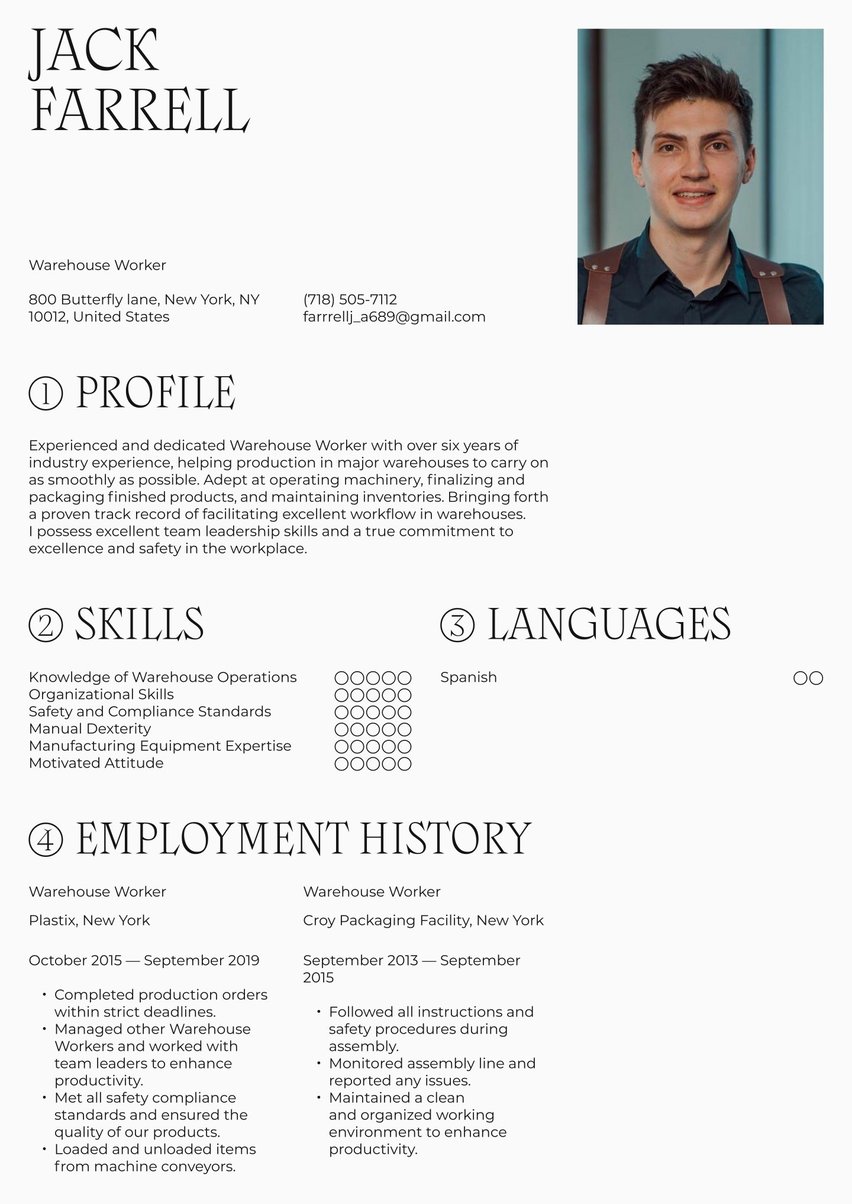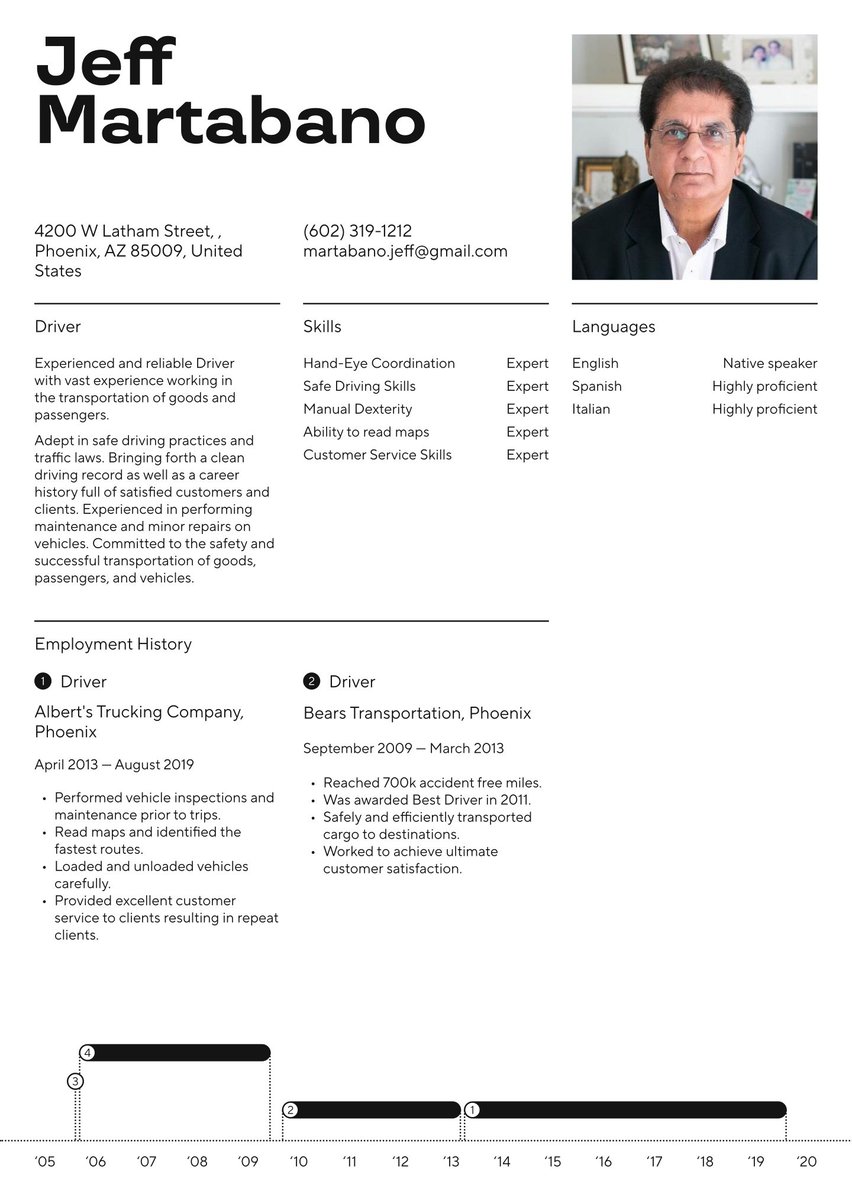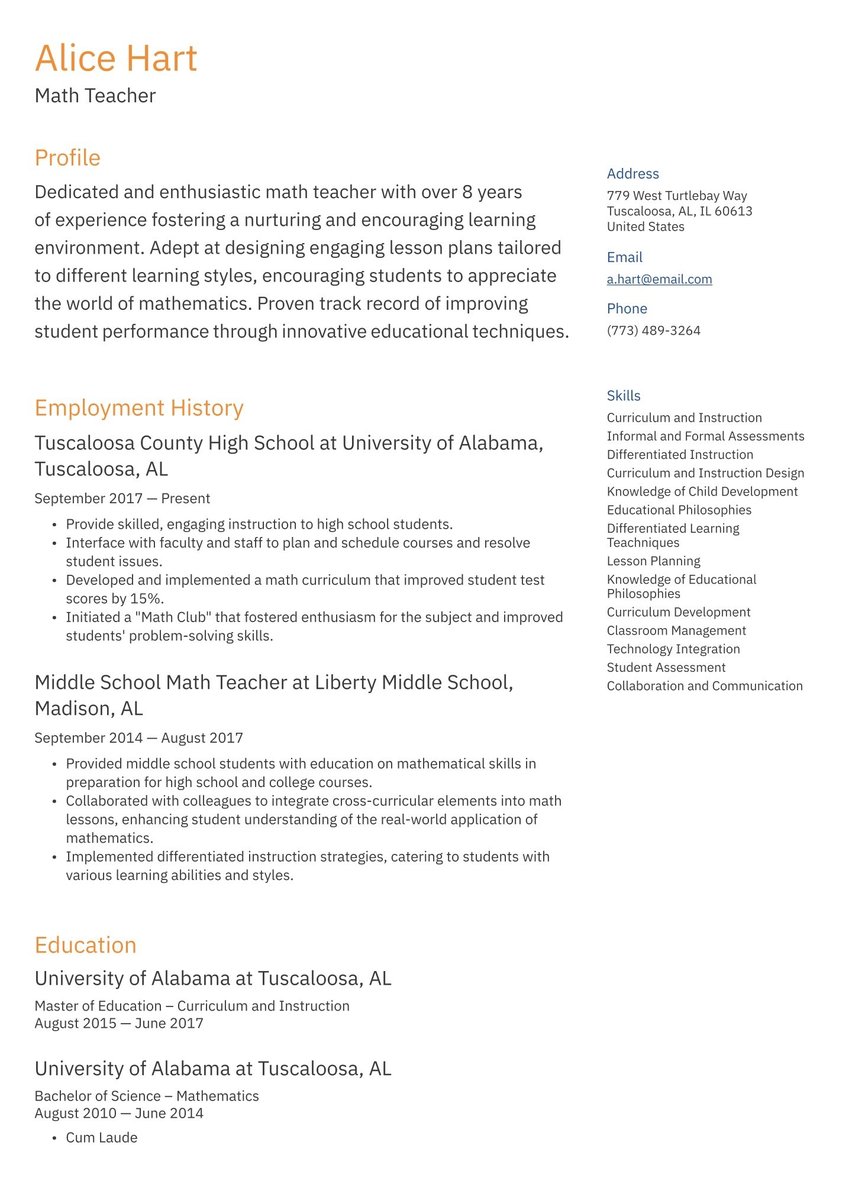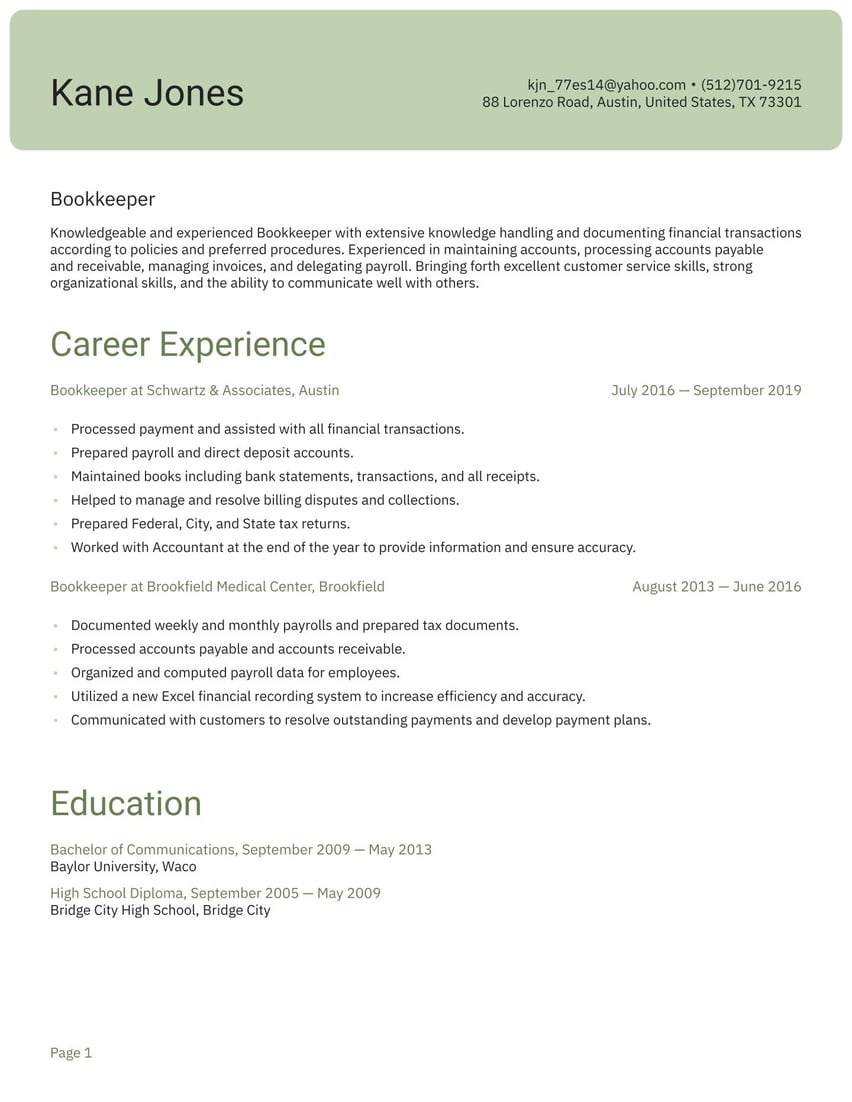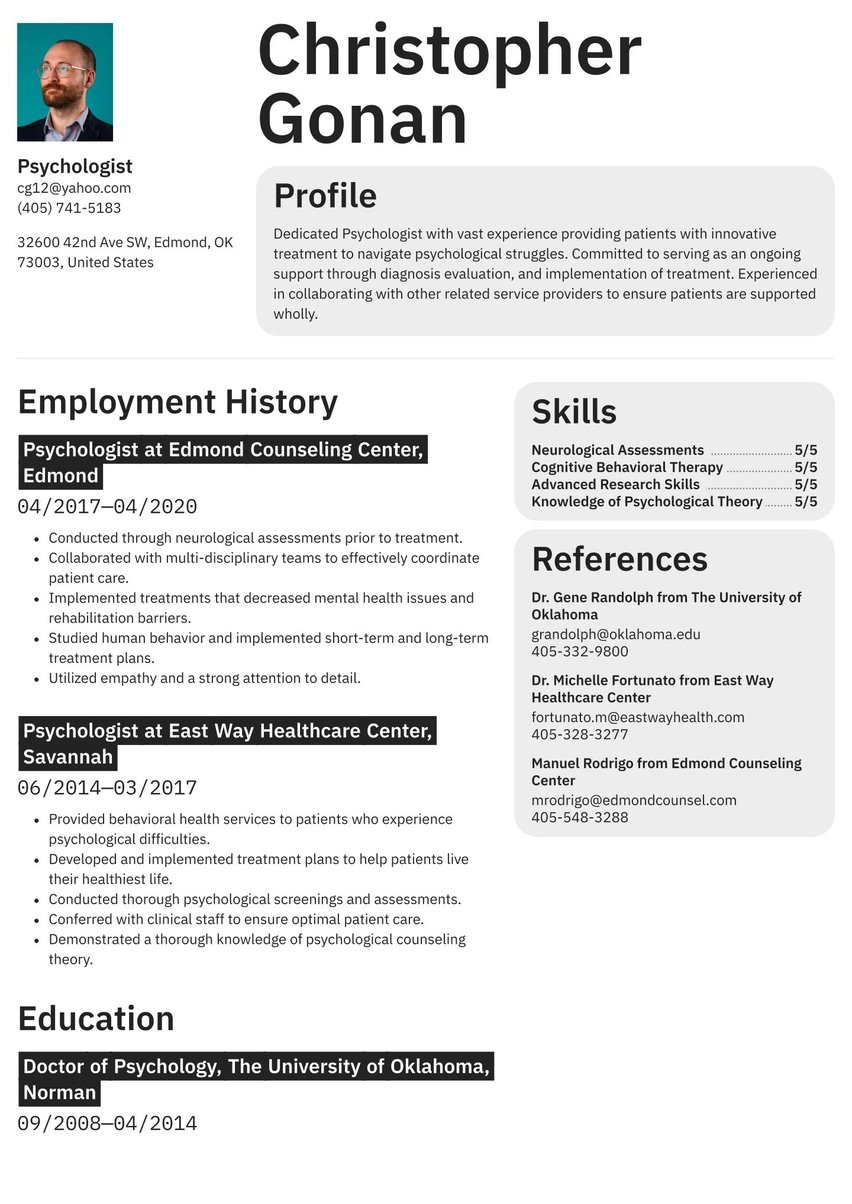Well-rounded, conscientious recent graduate with Bachelor’s degree in Law, Societies, and Justice and paralegal certificate eager to earn enrollment in JD program with Brown University. Achieved 4.0 GPA, consistent Dean’s List, and served as the President of the University of Washington Legal Club.
09/2019 - 05/2020, Student Research Assistant, Vassar College, Poughkeepsie, NY
- Served as an effective student research assistant on the project: Social Analysis of Technological Human Interactions.
- Coordinated the collection of data and ensured its reliability.
- Administered strategies essential to the successful management of the research project.
09/2020 - 04/2021, Teaching Assistant, Vassar College, Poughkeepsie
- Worked closely with Professor Timothy Jones to develop learning materials for courses.
- Instructed a weekly class on Introductory Logic.
- Hosted office hours two afternoons per week to provide students with additional support and guidance.
09/2017 - 05/2021, Bachelor of Arts in Philosophy, Vassar College, Poughkeepsie, NY
- Magna cum laude.
- President of the Philosophy Club.
- English
- Spanish; Castilian
- Oral Communications and Listening Abilities
- Critical Thinking and Problem Solving
- Knowledge of Legal Terminology
- Adaptability
- Highly Organized
It takes more than an outstanding resume to get into law school. Your resume is not meant to be the sole law school application document, nor to replace any other. Some law schools don’t ask applicants for a resume at all, while others leave it optional.
Law School resume examples by experience level
However, experts agree that the only valid reason not to submit a resume is if you are told not to. Otherwise, it’s a self-marketing opportunity you can’t miss.
As encouraged by LSAT Engine, an online tutoring resource for law school hopefuls, a resume ideally portrays you as a well-rounded and involved member of your community. This can be beneficial when the admissions team is looking for reasons to accept, waitlist, or deny someone.
Gabriel Kuris, founder of Top Law Coach, provides this perspective: “A good resume for law school should clarify the skills and experience you bring from work, school, and other activities. It won't paint a full picture of who you are, but it should provide a frame for the admissions committees to understand the rest of the application.”
According to LawSchoolNumbers.com, an open-source database for law school applicants, resumes can have make-or-break importance. “The ideal situation is that an admissions officer comes away from your resume thinking that they would like to meet you, or read your personal statement.”
There’s no way to predict how much time or attention your law school resume will receive. But think about the edge-winning advantage you could gain over other applicants with underwhelming resumes, or none at all—even GPA and LSAT rock stars. This incentive should not be taken lightly, so your law school resume should not be given short shrift.
Resume guide for a law school resume
In addition to more than 500 occupation-specific resume examples with writing guides, Resume.io offers tips and tools for virtually everyone on the career continuum, from students to retirees. There’s even a comprehensive resume builder to make crafting your resume easier than ever.
This resume guide and corresponding law school resume example will cover the following:
- How to write a law school resume
- Choosing the right resume format for law school
- How to add your contact information
- Using summaries
- Adding your relevant experience
- Listing education and other credentials
- Picking the right resume design/layout
- What the market looks like for law students and future salary potential
How to write a law school resume
Let’s get down to basics with an outline of essential law school resume sections. Your resume should contain the following elements:
- The resume header
- The resume summary (aka profile or personal statement)
- The employment history section
- The resume skills section
- The education section
Your resume should capture the unique value you’ll bring to your fellow students and how you’ll show up in your future as an attorney. While each law school may have unique admission requirements, this formula is a great place to start:
- Highlight your accomplishments rather than simple job duties. Anyone can list the tasks they were given, but not everyone has accomplished what you have.
- Adapt your resume to the requirements of the school. This may mean some versions go into more detail about past education, while others focus on your work history.
- Convey a studious and professional image with a resume template that’s polished without being overly formal or stuffy.
Optimize for the ATS
While it’s unlikely for a school to use applicant tracking systems (ATS) in their admissions decision, it’s worth understanding the process for your future job search.
An ATS is software used by companies to collect and manage job applications. Advanced systems may offer a screening tool that helps recruiters and hiring managers filter resumes based on which ones best match the job posting.
For example, a legal job might include some of the following requirements:
- “Juris Doctor”
- “Legal expertise”
- “Contract knowledge”
To include the appropriate keywords on your resume, you might add something like this to your resume’s summary: “Juris Doctor graduate with extensive legal expertise and contract knowledge.”
To learn more about conquering the ATS, check out our article Resume ATS optimization.
Choosing the right resume format for law school
Within each section of your law school resume, bullet point listings should appear in reverse chronological order. This is consistent with the most commonly best resume format for job seekers of all types. Otherwise, there’s one significant difference in the way law school resumes are organized: education comes ahead of experience, instead of vice versa in a job application resume.
When exploring the resume templates in our resume builder, simply select the format that best suits you. There are plenty of versions of various formats available as resume examples.
In terms of design, a law school resume should use a clean, clear, professional layout.
Include your contact information
For the same reasons we emphasize the importance of a distinctive header on job application resumes, law school applicants should not overlook this detail. It makes your contact information prominent and accessible: name, phone, email and perhaps your LinkedIn profile URL.
- Full name & title. List your first and last name.
- Professional email address. Use a clean email format like [email protected]. Avoid anything silly or quirky.
- Phone number. List a number where you can easily be contacted, and be sure to set up a professional voicemail greeting.
- Location. List only your city and state. Don’t list your street address or zip code. This is already likely to be included in your application.
- LinkedIn. If your LinkedIn profile is active, relevant, and shows off any legal interests or experience, feel free to include it.
Don’t include:
- Date of birth. This may be part of your application but is not necessary on your resume itself. In general, dates of birth on a resume could potentially lead to age discrimination.
- Personal details. Marital status, social security number, passport number, etc.
Christopher Swanson
129 California Street, Yorktown Heights, NY 10598, United States
Make use of a summary
The summary or profile on your resume gives you a space to provide insight into who you are as a student and future professional. In just 2-3 sentences, you’ll introduce yourself to the university as someone with the fortitude to achieve a law degree.
When crafting your summary, use action verbs to paint the picture of what you’ve achieved. Don’t just rephrase your resume; instead, pull together a narrative of what you offer.
However, because law school admissions often require a separate long-form personal statement, you may be able to exclude the resume summary altogether. This is an area where you can use your best judgment.
For more ideas, check out these resume examples and writing guides for other legal occupations: lawyer resume sample, attorney resume example, legal assistant resume sample, paralegal resume example, claims adjuster resume sample, immigration lawyer resume sample, and legal resume sample.
You can find adaptable law school resume example summaries below:
Well-rounded, conscientious recent graduate with Bachelor’s degree in Law, Societies, and Justice eager to earn enrollment in JD program with Brown University. Achieved 3.5 GPA and volunteered with Legal Aid.
Well-rounded, conscientious recent graduate with Bachelor’s degree in Law, Societies, and Justice and paralegal certificate eager to earn enrollment in JD program with Brown University. Achieved 4.0 GPA, consistent Dean’s List, and served as the President of the University of Washington Legal Club.
Well-rounded, conscientious recent graduate with Bachelor’s degree in Law, Societies, and Justice and Master’s in HR eager to earn enrollment in JD program with Brown University and ultimately work in the field of employment law. Achieved 4.0 GPA, consistent Dean’s List, and served as the President of the University of Washington Legal Club in addition to completing two legal internships.
Outline your legal work experience
Often entitled “professional experience,” this part of your law school resume resembles the employment history section that would come first on a job application resume. Include any work experience you’ve acquired, whether in an established career or part-time jobs paying your way through school, and be sure to include internships.
In reverse chronological order, list the employer, your title, and then compose three to five bullet points describing your experiences. Be selective and don’t bore admissions officers with a kitchen sink collection of all your previous jobs. Unless it’s relevant, skip it.
Use action verbs that speak to what you did, learned, and accomplished; avoid rattling off “responsible for” duty lists. For example, have you ever seen task-related statements like these in a resume?
- "Instructed classes.”
- “Hosted office hours to support students.”
- “Developed learning materials.”
Those statements certainly describe a job as a teaching assistant, but there’s nothing memorable or unique about them. They don’t provide any evidence of your unique talents and experience.
Instead, replace these phrases with results-based points. Focus on specific results or numbers, even as simple as the number of students you supported or how many attendees you helped during office hours. Think about what you did that wasn’t easily accomplished by everyone else.
Check out these reworked versions of the bullet points above:
- “Instructed weekly Introductory Logic class with over 50 students.”
- “Hosted twice-weekly office hours to provide additional student support, often assisting 5-10 students per session.”
- "Collaborated closely with Professor Timothy Jones to develop comprehensive learning materials for Introduction to Law course.”
Take a look at the law school employment history resume sample below:
Student Research Assistant at Vassar College, Poughkeepsie, NY
September 2019 - May 2020
- Served as an effective student research assistant on the project: Social Analysis of Technological Human Interactions.
- Coordinated the collection of data and ensured its reliability.
- Administered strategies essential to the successful management of the research project.
Teaching Assistant at Vassar College, Poughkeepsie
September 2020 - April 2021
- Worked closely with Professor Timothy Jones to develop learning materials for courses.
- Instructed a weekly class on Introductory Logic.
- Hosted office hours two afternoons per week to provide students with additional support and guidance.
How to write a law school resume with no experience
If you are applying to law school, chances are you’ve got at least a bachelor’s degree under your belt. You probably also have some part-time work or volunteer engagements. However, you may still feel stuck writing a law school resume without direct legal experience.
The good news is that volunteer and community service roles are sure to put law school applicants in a favorable light. Highlight that experience as well as the transferable skills you gained.
Of course, your education is paramount. Don’t just list your degree. Instead, specify any courses you took that were related to law. This will show your passion for the field as well as the foundation you’ve been building.
You may also want to list out any shadowing you’ve done with attorneys or other legal professionals. Anything that shows your interest and the steps you’ve taken toward a law career will help.
Include the relevant key skills that make you a great law student
The skills list on your law school resume should include both hard and soft skills that showcase your comprehensive expertise.
Hard skills are those that are demonstrable and objective, like an understanding of particular legal processes or the use of specific technologies
On the other hand, soft skills like communication skills, reading comprehension, and the ability to develop a compelling argument are necessary to succeed in law school.
Our resume builder includes several pre-written key skills to choose from, or you can write in your own skills.
Here’s what the skills box looks like in our law school resume template.
- Oral Communications and Listening Abilities
- Critical Thinking and Problem Solving
- Knowledge of Legal Terminology
- Adaptability
- Highly Organized
However, while this section is important, it’s not the only place to add your key skills. Instead, try to weave them throughout your resume by demonstrating them in action. To further your credibility, provide specific examples and achievements.
For example, within your work experience section and professional summary, highlight your
- Legal knowledge by describing your relevant education, certifications, or courses.
- High achievement by sharing your GPA, honors, or Dean’s List awards
- Ability to gain knowledge by demonstrating how you’ve taken on new tasks or solved new problems
Look to the job description as a guide for what key skills to include.
Detail your education & relevant certifications
The education section of a law school resume is usually more detailed than it would be in a standard job resume. Starting with your most recent degree or certification, list all college degrees in order from highest to lowest level.
Impressive GPAs belong here, along with cum laude distinctions and academic awards. Major and minor subjects might be worth mentioning too, and even coursework or thesis titles if they reflect pertinent expertise and interests. However, you do not need to include high school information.
This section is also a great place to list certifications, affiliations, or training relevant to law school. For example,
- Training and certifications. Specific law-related courses, certificates (for instance, if you’re a certified paralegal), or even webinars.
- Internships. Have you completed any legal internships? That’s important information to add here.
- Professional development. Memberships in legal clubs or associations—or even membership in an honor society—can show your drive to learn. Even better if you’ve held leadership roles.
Bachelor of Arts in Philosophy, Vassar College, Poughkeepsie, NY
September 2017 - May 2021
- Magna cum laude.
- President of the Philosophy Club.
Pick the right resume layout and design for a law school resume
Looking the part of a legal professional is imperative for a law school resume document. Convey readability with a resume that is immaculate, uncluttered, and orderly.
Every detail must be well thought-out, with sections flowing logically into the next, offset by proportional amounts of white space in the margins and between lines. Fonts should be carefully chosen to optimize text legibility. Don’t add graphics or color.
Although there may not be shortcuts to a perfectly crafted law school resume, our field-tested resume templates take care of the most tedious formatting and structure tasks for you, so you can focus on exceptional content.
Law school text-only resume example
Profile
Well-rounded, conscientious recent graduate with Bachelor’s degree in Law, Societies, and Justice and paralegal certificate eager to earn enrollment in JD program with Brown University. Achieved 4.0 GPA, consistent Dean’s List, and served as the President of the University of Washington Legal Club.
Employment history
Student Research Assistant at Vassar College, Poughkeepsie, NY
September 2019 - May 2020
- Served as an effective student research assistant on the project: Social Analysis of Technological Human Interactions.
- Coordinated the collection of data and ensured its reliability.
- Administered strategies essential to the successful management of the research project.
Teaching Assistant at Vassar College, Poughkeepsie
September 2020 - April 2021
- Worked closely with Professor Timothy Jones to develop learning materials for courses.
- Instructed a weekly class on Introductory Logic.
- Hosted office hours two afternoons per week to provide students with additional support and guidance.
Skills
- Oral Communications and Listening Abilities
- Critical Thinking and Problem Solving
- Knowledge of Legal Terminology
- Adaptability
- Highly Organized
Education
Bachelor of Arts in Philosophy, Vassar College, Poughkeepsie, NY
September 2017 - May 2021
- Magna cum laude.
- President of the Philosophy Club.
Law school job market and outlook
According to the US Bureau of Labor Statistics (BLS), lawyer jobs are expected to grow 5% over the next decade. That’s about as fast as the average occupation.
Per LSAC, “85.6% of the 2023 graduates of ABA-approved law schools were employed in full-time, long-term, bar passage required or JD Advantage jobs. This is the highest figure measured in over a decade…”
- According to an annual summary released by the American Bar Association (ABA), 88% of the class of 2023 was employed.
- That same report stated that 2% of law graduates went on to pursue another graduate degree.
- Most graduates were employed by a law firm (49%), with 18% going into government, 14% serving the public interest, and 11% going into business and industry. Judicial clerkships made up 5% and education the remaining 3%.
What type of salary you can expect in law school
While your time in law school will involve more time spending money than earning it, you’ll be set up for a high-earning career when you graduate. Per the BLS, the median annual salary for attorneys is $145,760. The highest ten percent earned as much as $239,200.
Key takeaways for building a law school resume
Law school applicants should always submit a resume with their application unless the university specifies not to. Because its goal is to get you admitted into an educational program, a hallmark of law school resumes is the academic emphasis, with a more detailed education section preceding work experience.
Be mindful of the law school’s application requirements and instructions, and focus on including the most relevant work history and volunteer work. And apply only the highest standards for professional appearance in your resume layout and design choices.
And when you’ve made it through law school with flying colors, you can start your job search with a resume builder, but why stop there? With Resume.io’s 18 powerful tools, you can search for jobs, track your journey, prepare for interviews, and negotiate salaries—all with our all-inclusive career toolkit at your fingertips.


.jpg)

.jpg)
